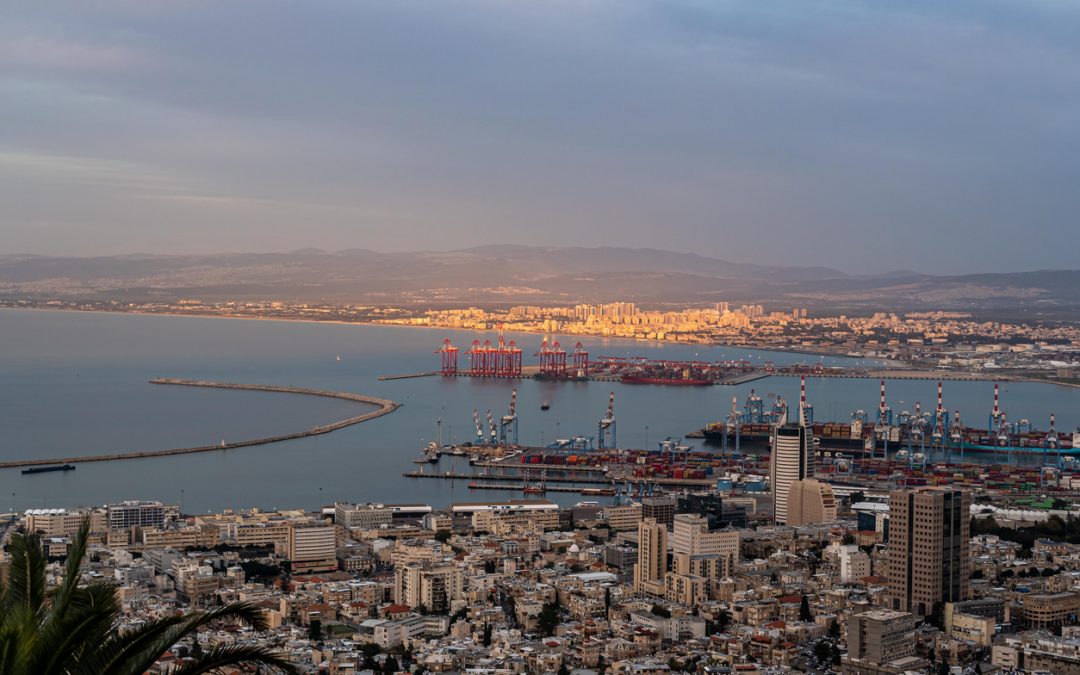Tightening fleet capacity, lingering geopolitical conflicts and robust US crude exports are expected to boost tanker freight in 2024 despite ongoing OPEC+ supply cuts and a possible slowdown in oil demand growth, market participants and analysts said Jan. 8.
A flurry of violent attacks on ships in the Red Sea is expected to keep the insurance costs high and prompt many tankers to take the longer route via the Cape of Good Hope, increasing ton miles and voyage durations, and tightening supply and driving up freight rates. Even for the route via Suez Canal, higher fees effective from this year combined with a carbon tax for Europe-bound cargoes, will increase overall costs for charterers.
Analysts, shippers and traders generally expect that OPEC+ may start increasing crude supply at some point in 2024, adding to the volumes moved on tankers.
OPEC+ may start reversing production cuts by the middle of the year to keep oil prices stable, and US exports will also likely rise, although not at last year’s pace, as its own refineries’ utilization already is quite high, said Oslo-based Ole-Rikard Hammer, senior analyst, oil and tanker markets, Arctic Securities.
Scrubber fitted Very Large Crude Carriers on a round voyage on the Persian Gulf-East Asia routes have been currently earning up to $35,000/day, down by almost two-thirds from a month earlier, based on bunker prices of about $600/mt, according to broker estimates. Meanwhile, corresponding earnings for Long Range 2, or LR 2, tankers on the Persian Gulf-Japan route have been estimated around $34,000/day, up 18% from a month earlier.
Trade patterns consolidate
Oil flows, which changed patterns over the last two years after the start of the Russia-Ukraine war, have started consolidating in favor of higher ton miles and freight.
Ton-mile demand is calculated by multiplying the volume of cargo moved in metric tons by distance traveled in miles. Covering a longer distance implies diminished availability of ships even if the total fleet size remains the same, or conversely, it offsets the increase in tonnage supply.
Increased crude movement from the US to Europe, a decrease in volumes from the Persian Gulf to the US and rise in flows from Russia to East Asia has now become an established norm.
“While it is difficult to track movement of each and every molecule but surge in US crude exports and robust shipments of refined products from India are prime examples of changing trade flows,” said Nick Wayth, CEO, Energy Institute.
US is now exporting more crude than ever before, with outflows over the first six months in 2023 hitting a record average of almost 4 million b/d, according to estimates from the US Energy Information Administration. Energy Institute’s annual report shows US exports rising to 3.4 million b/d in 2022, from 2.8 million b/d in 2021, after the coronavirus pandemic ebbed and Russo-Ukraine war assumed centerstage.
This, however, has not diminished Russia’s ability to ship both crude and refined products.
India on an average imported more than 19 million mt crude each month in 2023 and Russia’s share in October was about 4.5%, said Masood Baig, a director with tankers’ brokerage United Marine Singapore. Europe’s crude imports from the US will continue to increase, while the Persian Gulf-US route is dying, Baig said.
In 2023, Russian naphtha increasingly found its way into onshore tank storages in Singapore, from where it is regularly shipped to South Korea. In 2022, that had become a rare shipping route for Russian refined products. Shipping brokers estimated that close to 1.52 million mt naphtha moved on the Singapore-South Korea route in 2023, up from just 280,000 mt in 2022.
China also holds the key to crude import growth in 2024. The country’s crude imports surged in 2023 as it lifted pandemic restrictions, but for this year factors such as prospective additional stimulus by the government will be important in boosting oil demand, Hammer said.
Fleet growth slows
Ton miles have increased as fleet growth slowed. The orderbook for tankers is now more modest for the next two years, particularly after allowing for slippage — the number ships due to be delivered during a period getting deferred to the next — Banchero Costa, or Bancosta, a Genoa-based shipping brokerage and consultancy said in its latest outlook. No LR 1s were delivered in 2023, it said. Bancosta has forecast net fleet growth of product tankers of just 1.4% in 2024, down from 2.3% in 2023.
Tightening fleet capacity is set to become the key factor in determining tanker freight as there may not be any expansion at all in 2024, or the lowest ever in modern history, said Hammer.
The number of tankers available is not increasing when the “Middle East has ramped up its export refinery capacity, which is good news for trade,” he said.
More refined products cargoes are expected to move from Saudi Arabia’s Jazan, Oman’s Duqm and Kuwait’s Al-Zour refineries.
While analysts expect up to 2 million b/d growth in crude demand in 2024, Bancosta said deliveries of new VLCCs almost halved year on year to just 22 units during January-November 2023.
Source: Hellenic Shipping News






